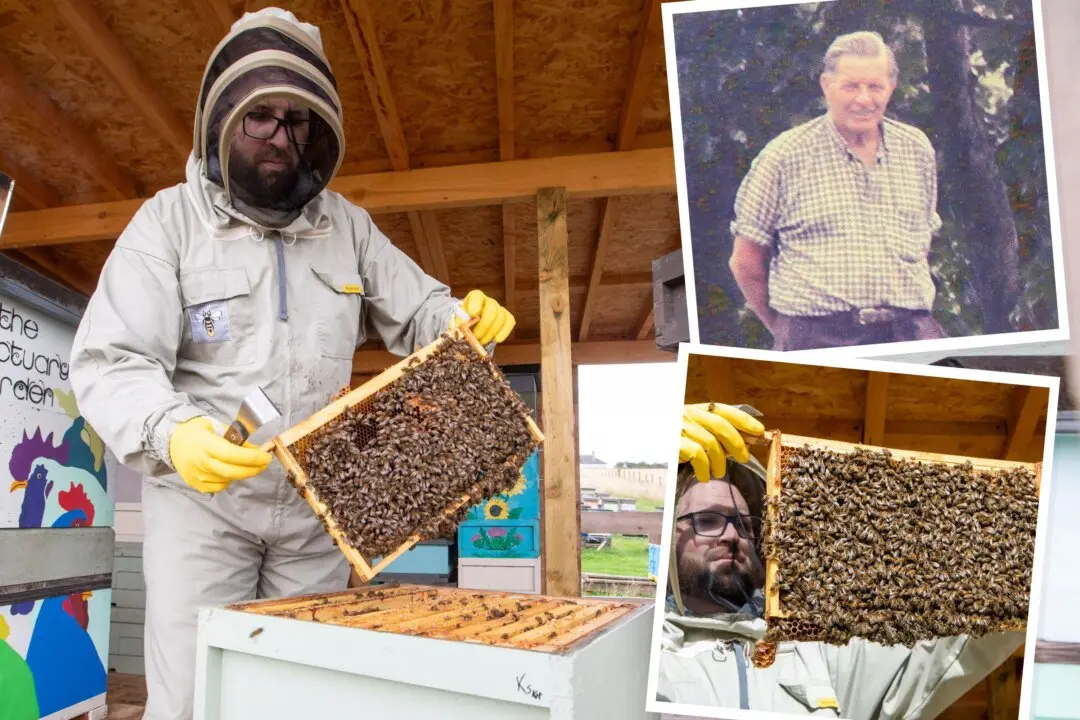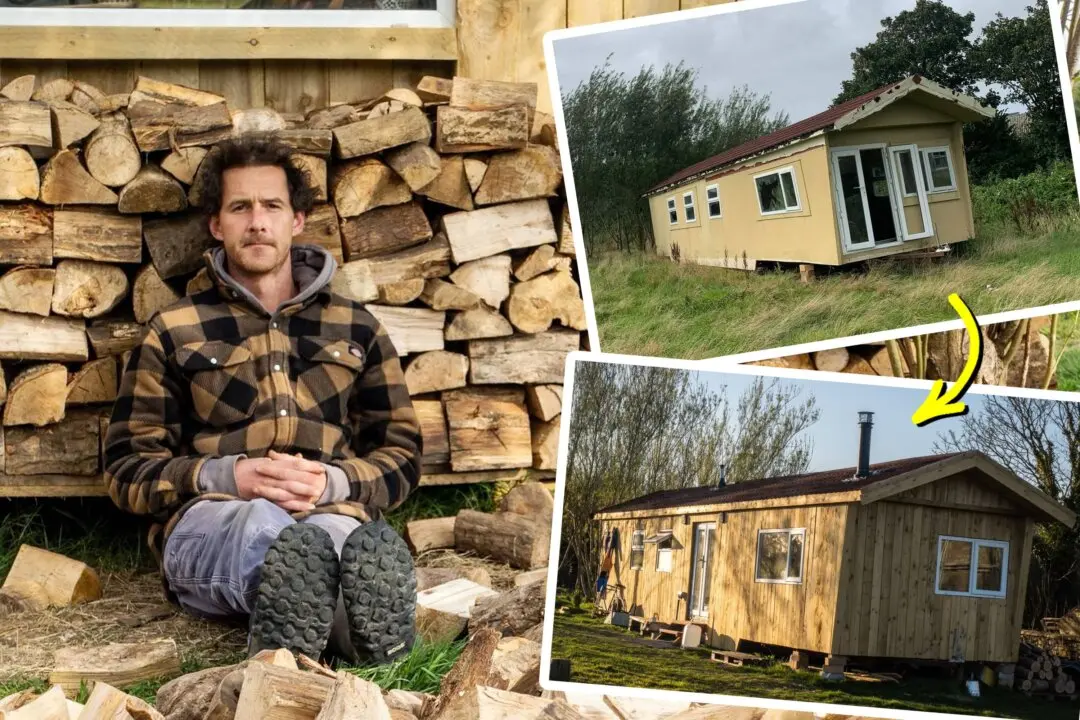A couple claim they saved 23,000 pounds (approx. $30,000) building a sleek designer office shed in their garden from scratch using recycled materials—including insulation saved from a dumpster skip.
Graham Anderson, 35, and his wife, Rachel, 34, were working from their spare bedroom but decided they needed more space with their two children running around.





